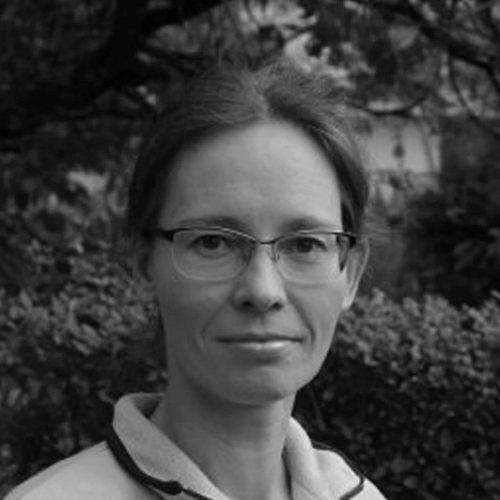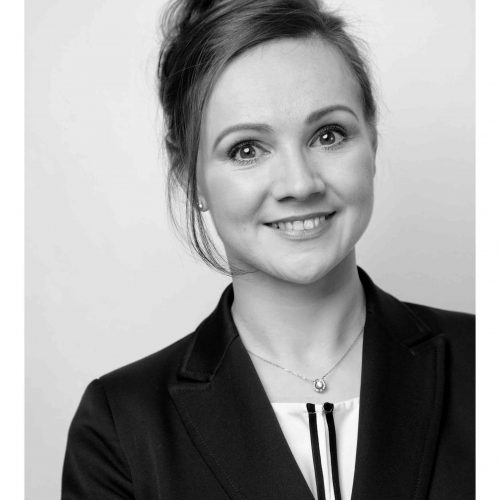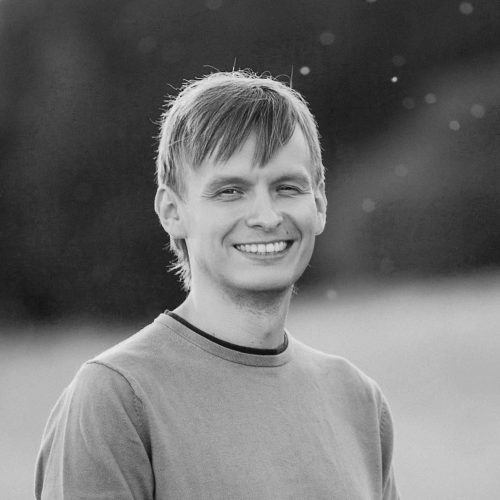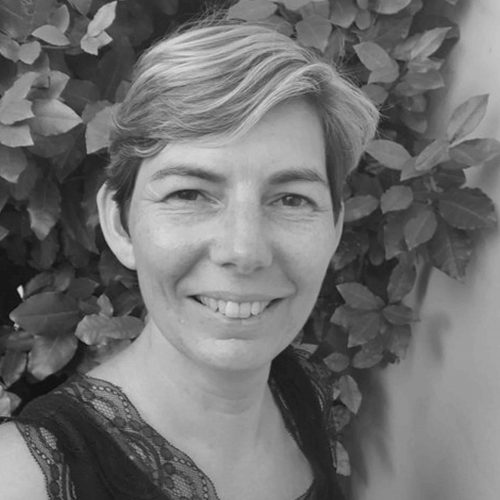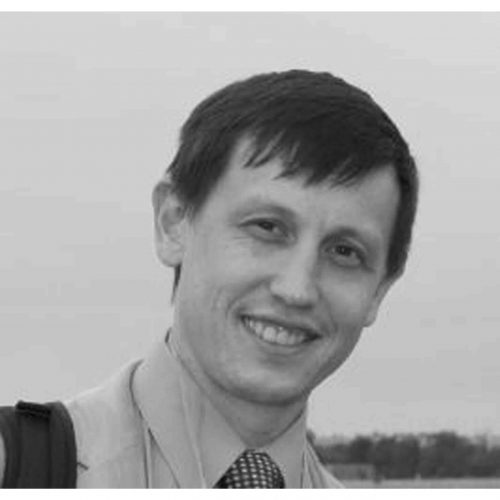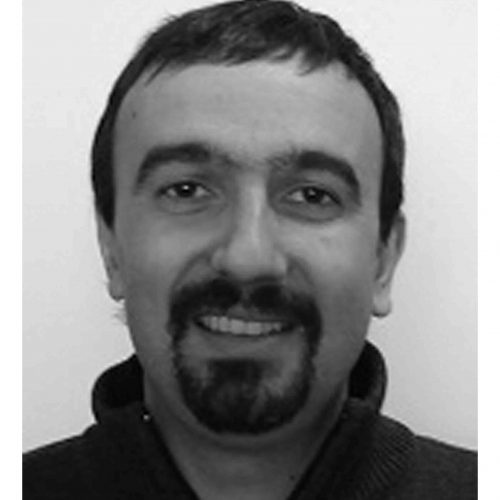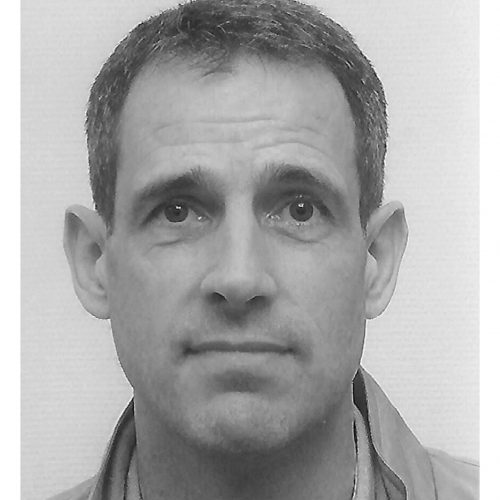12 December 2019
Chair: Dr. Alexey Bolshakov, St-Petersburg National Research Academic University
Low dimensional nanostructures such as nanowires and nanotubes provide new possibilities for development of novel devices and materials due to their unique properties. The latter include ability to synthesize semiconductor nanowires on mismatched substrates, e.g. arsenides and nitrides on silicon. Novel approaches allow encapsulation of the nanowires in polymer matrix for development of flexible semiconductor devices. Carbon nanotubes, metal nanowires and other materials based on 1D structures can be used as conductive transparent electrodes for novel optoelectronic devices and provide other intriguing possibilities.
This session is devoted to the lates advances in synthesis, study and application of different perspectives materials based on 1D and quasi 1D structures.
